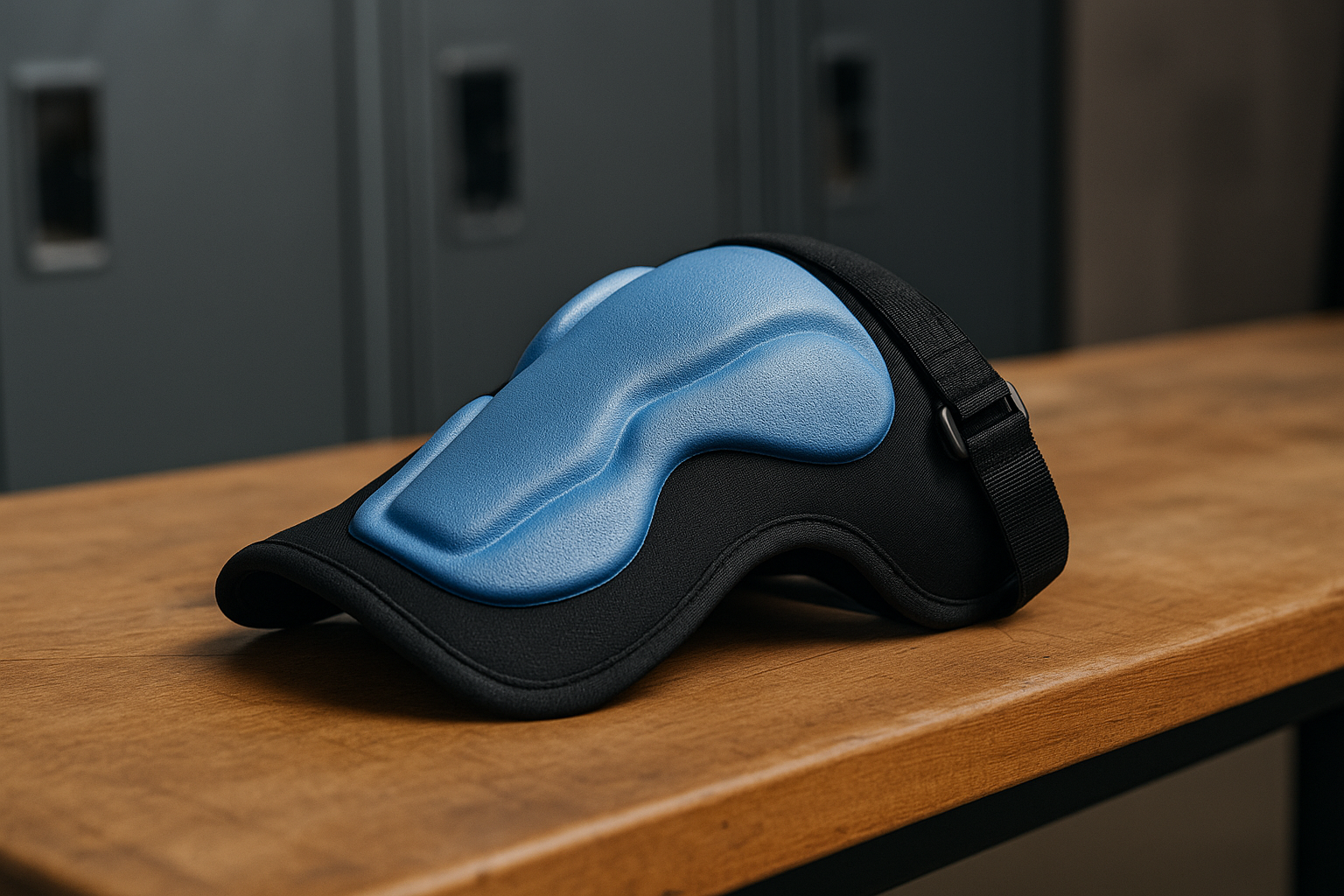Thermoforming of EVA and Evazote Foams

Overview
EVA (Ethylene-Vinyl Acetate) and Evazote® foams are versatile closed-cell materials known for their excellent flexibility, impact resistance, and durability.
One of their unique advantages is their ability to be thermoformed — a process that uses heat and pressure to shape foam into precise three-dimensional forms.
At PJ Bowers, while we don’t provide thermoforming services directly, we supply a wide range of thermoformable foams suitable for customers who wish to pursue this process for specialised applications.
What is Thermoforming?
What is Electrolysis and galvanic corrosion?
Galvanic Corrosion is the corrosion that occurs when two dissimilar metals are used together in a structure and exposed to an electrolyte (salt water, chemical, petrol) and the less noble of the 2 metals will corrode. For example; aluminum sheet with steel fasteners on a boat. Some pairings of metals are more at risk of galvanic corrosion. Check a galvanic series or chart.
Electrolysis is the acceleration of the galvanic corrosion when electricity is introduced to the metals in question. Connected by an external electrical source, the less noble metal experiences accelerated galvanic corrosion.
while both processes involve metals and electrolytes, their dependence on an external voltage source distinguishes them.
Thermoforming is a manufacturing process where foam sheets are heated until pliable, then formed over a mould using vacuum, compression, or mechanical pressure.
Once cooled, the foam retains its new shape, resulting in lightweight and durable components.
Common stages include:
Heating – Foam is gently heated to its forming temperature (typically 100–130°C for EVA and Evazote foams).
Forming – The softened foam is pressed or vacuum-formed onto a mould.
Cooling – The foam cools and solidifies into the desired shape.
Trimming & finishing – Excess material is removed, and edges are smoothed.
Why Thermoform EVA and Evazote Foams?
Thermoforming offers design flexibility while maintaining the core mechanical and cushioning properties of the foam.
Applications of Thermoformed Foams
Thermoformed EVA and Evazote foams are used across a wide range of industries:
• Protective cases and inserts – Custom-moulded packaging for tools, electronics, or instruments.
• Sports and medical gear – Helmet liners, knee pads, orthotics, and prosthetics.
• Automotive and marine interiors – Shaped insulation, gaskets, and padding.
• Animal and veterinary products – Comfort pads, saddle inserts, or shaped supports.
• Display and retail products – Smooth, contoured presentation forms or trays.

Thermoformable Foams from PJ Bowers
We supply a range of EVA and cross-linked polyolefin foams suitable for thermoforming:
• EVA Foams – Soft, flexible, and available in multiple densities and colours.
• Evazote® Foams – Premium nitrogen-expanded EVA with fine cell structure and high resilience.
• Zotefoams® Range – Lightweight, uniform, and easily thermoformed using heat or vacuum moulding techniques.
Important Considerations
When working with thermoformable foams:
• Use controlled, even heating to prevent scorching or shrinkage.
• Employ temperature-calibrated moulds and gentle vacuum pressure.
• Allow sufficient cooling time before handling to retain shape stability.
• Always test on small samples to determine the ideal forming conditions for your specific foam grade.
Summary
Thermoforming enables designers and manufacturers to unlock the full potential of EVA and Evazote foams — creating precise, lightweight, and functional components.
Although PJ Bowers does not perform thermoforming in-house, we’re proud to supply the high-quality foam materials used in these applications across automotive, marine, packaging, and industrial markets.
Call-to-Action
If you’d like to explore EVA or Evazote foams suitable for thermoforming, contact the PJ Bowers team for material recommendations and samples.
Articles

How is the Hardness of Foam Measured?
Understanding the hardness and compression of a foam is important when deciding which material and density is best for your project..
Learn more

Noise is annoying, make it whisper - Acoustic Panels
Our acoustic panels have landed. It absorbs sound indoors and outdoors. Learn more about the noise reduction results of Whisper..
Learn more

The World's Most Tested Packaging Foam - Ethafoam
..to protect and stabilise items, thoughtful calculations achieve the ideal balance of cost and amount of foam needed..
Learn more

Marine Buoyancy Foam
Marine buoyancy or commonly asked for as “foam used in boats”, is available in several different materials..
Learn more






